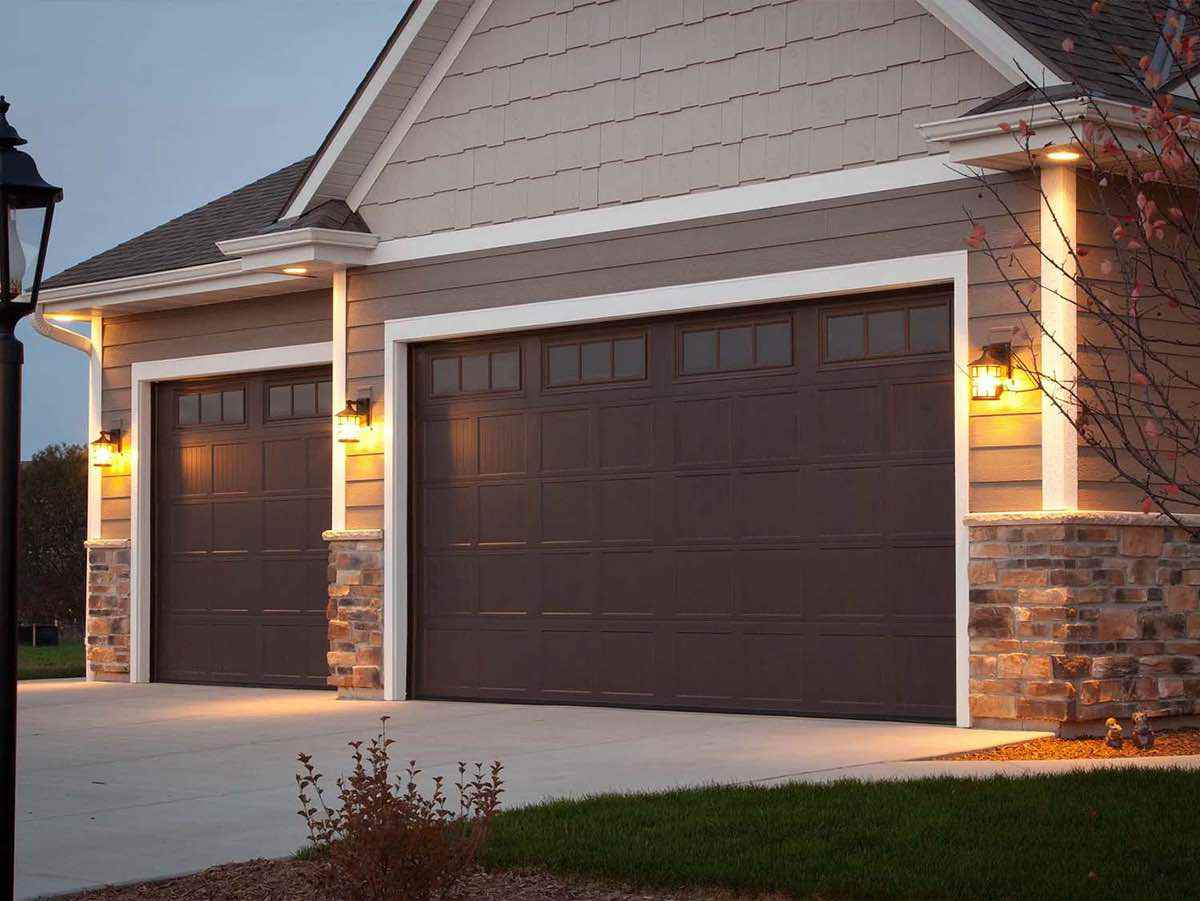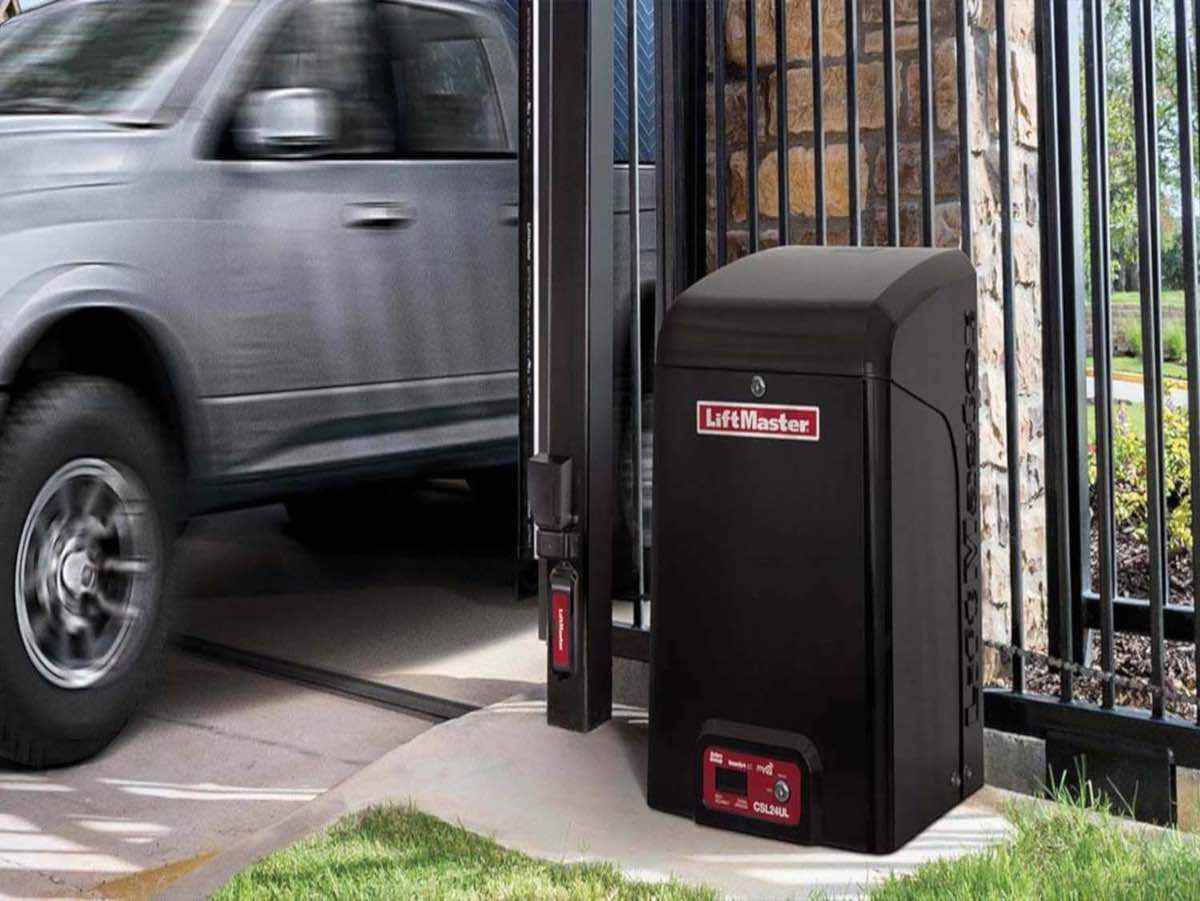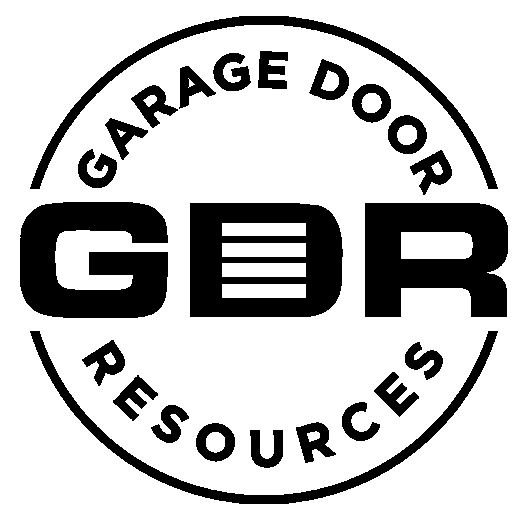


Whether you’re needing garage door repair, new garage door installation, or a new garage door opener, we’ve got you covered
The most common reason a garage door won't open is a malfunctioning or worn-out garage door opener. Other common causes include a disrupted power source, damaged tracks, misaligned sensors, or a broken spring.
The cost of repairing a garage door can vary widely depending on the extent of the damage and the type of repairs needed. On average, basic repairs may range from $100 to $500, while extensive repairs or replacements can cost anywhere from $500 to $1,500 or more.
Several factors could prevent your garage door from opening or closing, including issues with the opener, sensor misalignment, damaged tracks, or a broken spring. Professional inspection and repair are often necessary to determine and fix the problem.
A non-functioning wall button may be due to electrical issues, a disconnected wire, or a faulty button itself. It's recommended to consult a professional technician to diagnose and resolve the problem safely.
If your garage door won't open, first check for any obstructions in the door's path, ensure the opener has power, inspect the remote's batteries, and examine the safety sensors for alignment and cleanliness. If these checks don't solve the issue, seek professional assistance.
To reset garage door sensors, typically, you need to realign them by ensuring they face each other and their lenses are clean. Consult your specific garage door opener's manual for detailed instructions on sensor reset procedures.
A well-maintained garage door can last anywhere from 15 to 30 years, depending on the quality of materials and regular maintenance. Professional inspection and maintenance can extend its lifespan.
The entire garage door system, including the opener and springs, can last around 10 to 15 years with proper care. Timely maintenance and occasional repairs can prolong its functionality.
Yes, it is possible to replace just the garage door itself without replacing the entire system. This can be a cost-effective option if the door is the only component in need of replacement.
Unplugging a garage door opener may temporarily disrupt power, but it won't necessarily reset the opener. To reset it, follow the manufacturer's instructions or consult a professional.
Many garage door openers have a reset or "learn" button. Consult your opener's manual for specific instructions on how to use this button to reset or reprogram your opener.
Attempting to manually open a garage door with a broken spring can be dangerous and is not recommended. Broken springs can cause the door to fall, potentially leading to injury or further damage. Seek professional help for spring replacement.
A blinking garage door opener light can indicate a variety of issues, including sensor misalignment, a malfunctioning remote, or problems with the opener itself. Professional diagnosis is often needed to determine the exact cause.
Yes, most garage doors have a manual release mechanism that allows you to open the door manually in case of power failure or other emergencies. Consult your garage door's manual for instructions on how to use this feature.
Yes, you can test garage door sensors by waving an object in front of them to see if the door responds by reversing its direction. Consult your garage door opener's manual for specific testing procedures.
Signs of a broken garage door tension spring include a loud bang or snap when it breaks, the door being difficult to open manually, or the door sagging on one side. If you suspect a broken spring, do not attempt to use the door, and call for professional assistance.
You may notice a broken garage door spring if the door feels unusually heavy, doesn't stay in place when partially open, or exhibits an uneven appearance when closed.
A broken garage door spring may appear separated or have a noticeable gap in the spring coil. It can also exhibit a twisted or misshapen appearance.
The cost to replace a garage door tension spring can range from $100 to $300, depending on factors like the type of spring and labor costs in your area.
Garage door springs typically have a lifespan of 7 to 10 years with normal use. Proper maintenance and regular inspections can help extend their longevity.
Garage torsion springs can break due to wear and tear from regular use, rust, corrosion, or poor installation. Sudden temperature changes and extreme weather conditions can also contribute to breakage.
It is recommended to replace both garage door springs if one breaks. Replacing only one can lead to imbalances and uneven wear, potentially causing further issues.
Replacing a garage door spring can be dangerous and should only be done by trained professionals with the necessary tools and expertise. DIY spring replacement is not recommended due to the risk of injury.
Yes, if a garage door's torsion spring breaks, it can cause the door to fall rapidly, posing a significant safety hazard. Avoid using the door and seek immediate professional repair if this occurs.

801 S Tyler Ave,
Blanchard, OK 73010